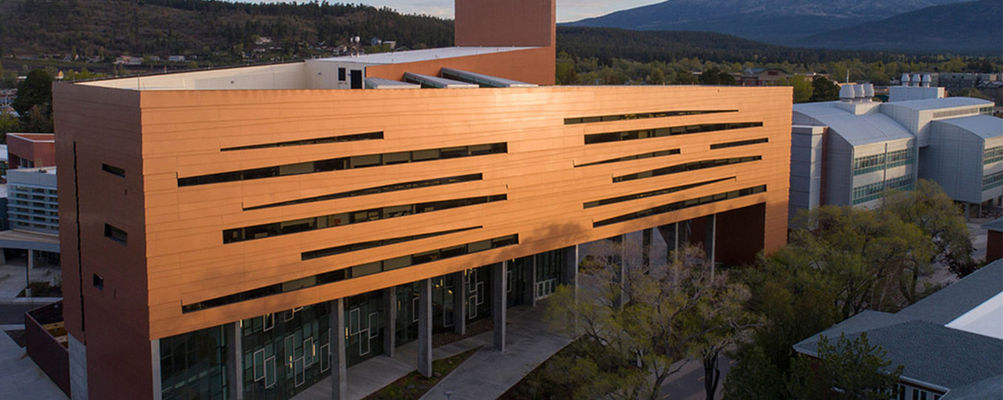British merchants established a trading post in Singapore in the early nineteenth century, and trading interests dominated for over a century. However, in 1965, the newly independent island state was cut off from its hinterland, so it pursued a survival strategy. The good international communications it already enjoyed provided a useful base, but it was decided that if Singapore was to secure its economic future, it must develop its industry.
To this end, new institutional structures were needed to facilitate, develop, and control foreign investment. One of the most important of these was the Economic Development Board (EDB), an arm of government that developed strategies for attracting investment. Thus, from the outset, the Singaporean government was involved in city promotion.
Towards the end of the twentieth century, the government realized that, due to limits on both the size of the country’s workforce and its land area, its labor-intensive industries were becoming increasingly uncompetitive. So an economic committee was established, which concluded that Singapore should focus on developing as a service center and seek to attract company headquarters to serve South East Asia and develop tourism, banking, and offshore activities.
The land required for this service-sector orientation had been acquired in the early 1970s when the government realized that it lacked the banking infrastructure for a modern economy. So a new banking and corporate district, known as the ‘Golden Shoe’, was planned, incorporating the historic commercial area. This district now houses all the major companies and various government financial agencies.
Singapore’s current economic strategy is closely linked to land use and development planning. Although it is already a major city, the current development plan seeks to ensure Singapore’s continued economic growth through restructuring, to ensure that the facilities needed by future business are planned now. These include transport and telecommunication infrastructure, land, and environmental quality.
A major concern is to avoid congestion in the central area, and so the latest plan deviates from previous plans by having a strong decentralization policy. The plan makes provision for four major regional centers, each serving 800,000 people, but this does not mean that the existing central business district will not also grow. A major extension planned around Marina Bay draws on examples of other ‘world cities’, especially those with waterside central areas such as Sydney and San Francisco.
Also, the project involves a major land reclamation of 667 hectares in total. Part of this has already been developed as a conference and exhibition zone, and the rest will be used for other facilities. However, the need for vitality has been recognized, and a mixed zoning approach has been adopted, to include housing and entertainment.
One of the new features of the current plan is a broader conception of what contributes to economic success. It encompasses high-quality residential provision, a good environment, leisure facilities, and exciting city life. Thus, there is more provision for low-density housing, often in waterfront communities linked to beaches and recreational facilities. However, the lower housing densities will put considerable pressure on the very limited land available for development, creating problems for another of the plan’s aims, which is to stress environmental quality.
Furthermore, as more open areas are developed, Singapore's natural landscape will shrink to a small central water catchment zone. Environmental policy now emphasizes making the urban environment greener through extensive planting, known as 'beautification'. The plan prioritizes green zones around settlements and along transport routes, with significant attention to green spaces within housing areas.
Much of the environmental provision, for example, golf courses, recreation areas, and beaches, is linked to the prime objective of attracting business. The plan places much emphasis on good leisure provision and the need to exploit Singapore’s island setting. One way of doing this is through further land reclamation, creating a whole new island devoted to leisure and luxury housing, stretching from the central area to the airport.
A current concern also appears to be how to use the planning system to create opportunities for greater spontaneity: planners have recently given much attention to the concept of the 24-hour city and the cafe society. For example, a promotion has taken place along the Singapore river to create a cafe zone. This has included the realization, rather late in the day, of the value of retaining older buildings, and the creation of a continuous riverside promenade.
Since the relaxation in 1996 of strict guidelines on outdoor eating areas, this has become an extremely popular area in the evenings. Also, in 1998, the Urban Redevelopment Authority created a new entertainment area in the center of the city, which they are promoting as ‘the city’s one-stop, dynamic entertainment scene’.
In conclusion, Singapore's economic development has been centrally planned, with a clear aim to become a leading global city. Several factors contribute to its potential success: its historical role as a global trading hub, substantial investments in telecommunications and air transport, strategic location among Asian economies, commitment to a safe and clean environment, and proficiency in English as an international language.












